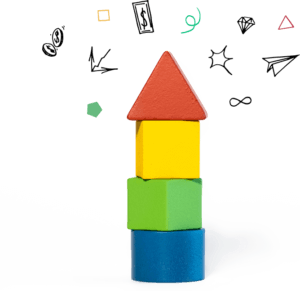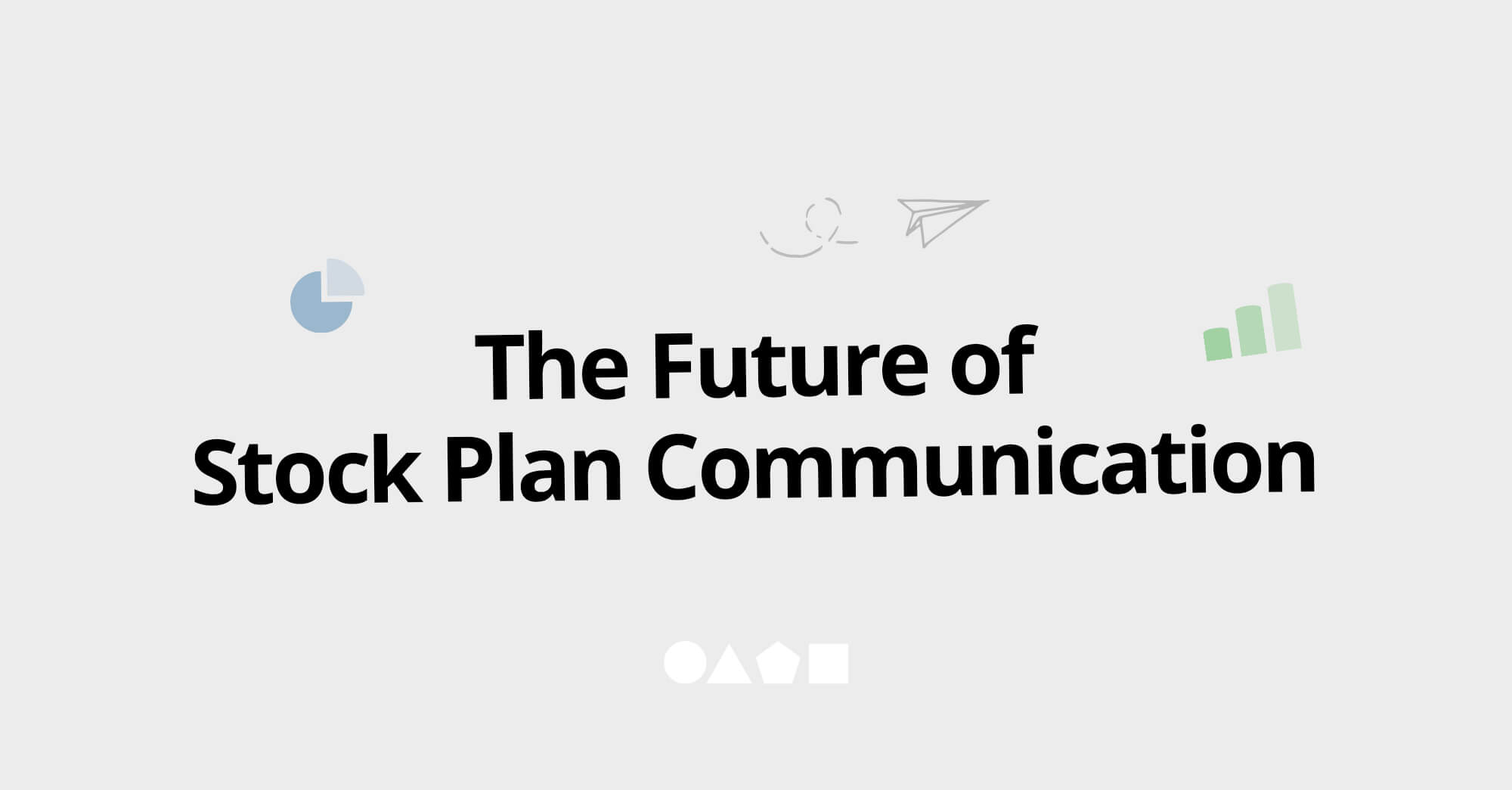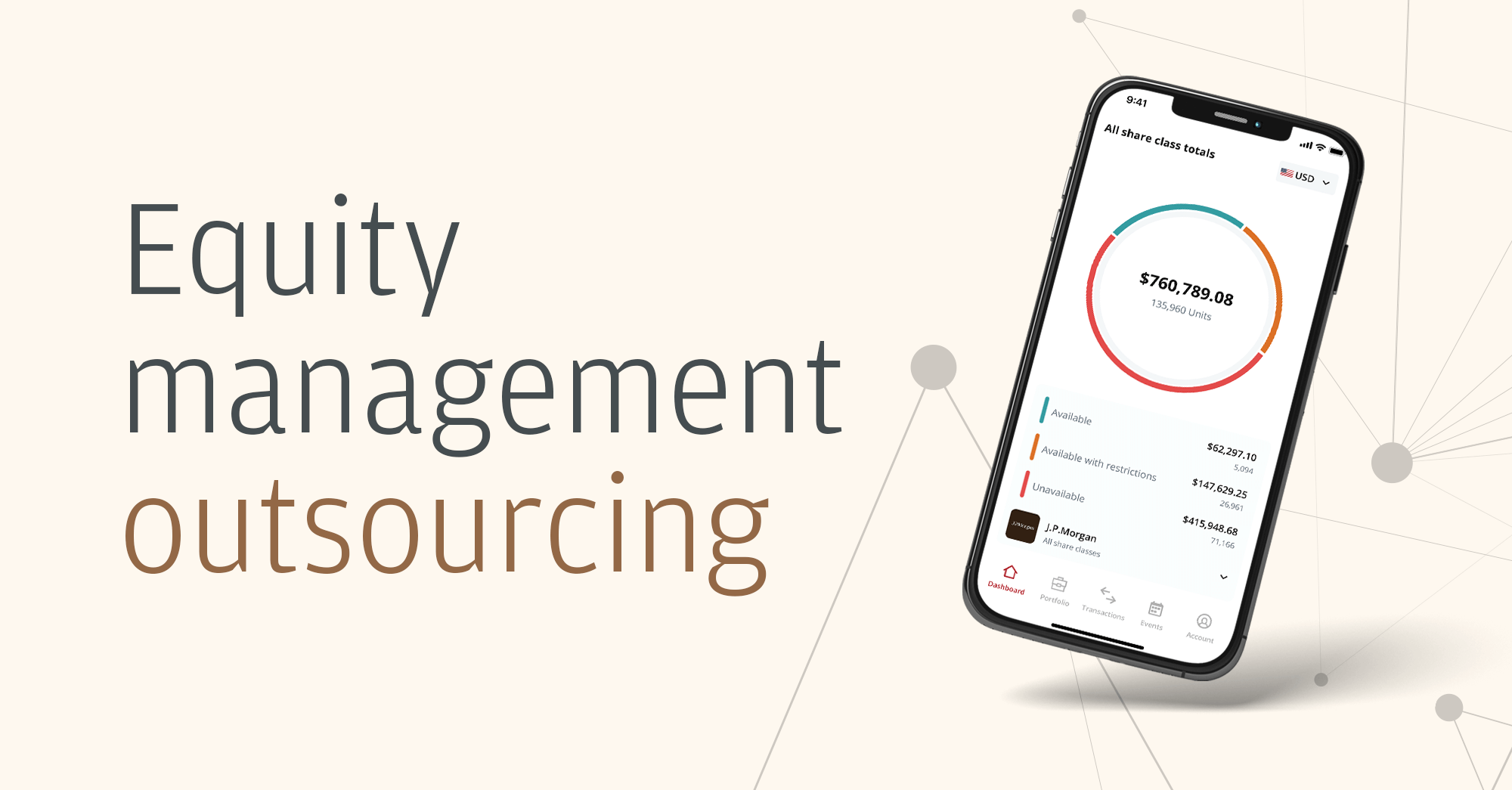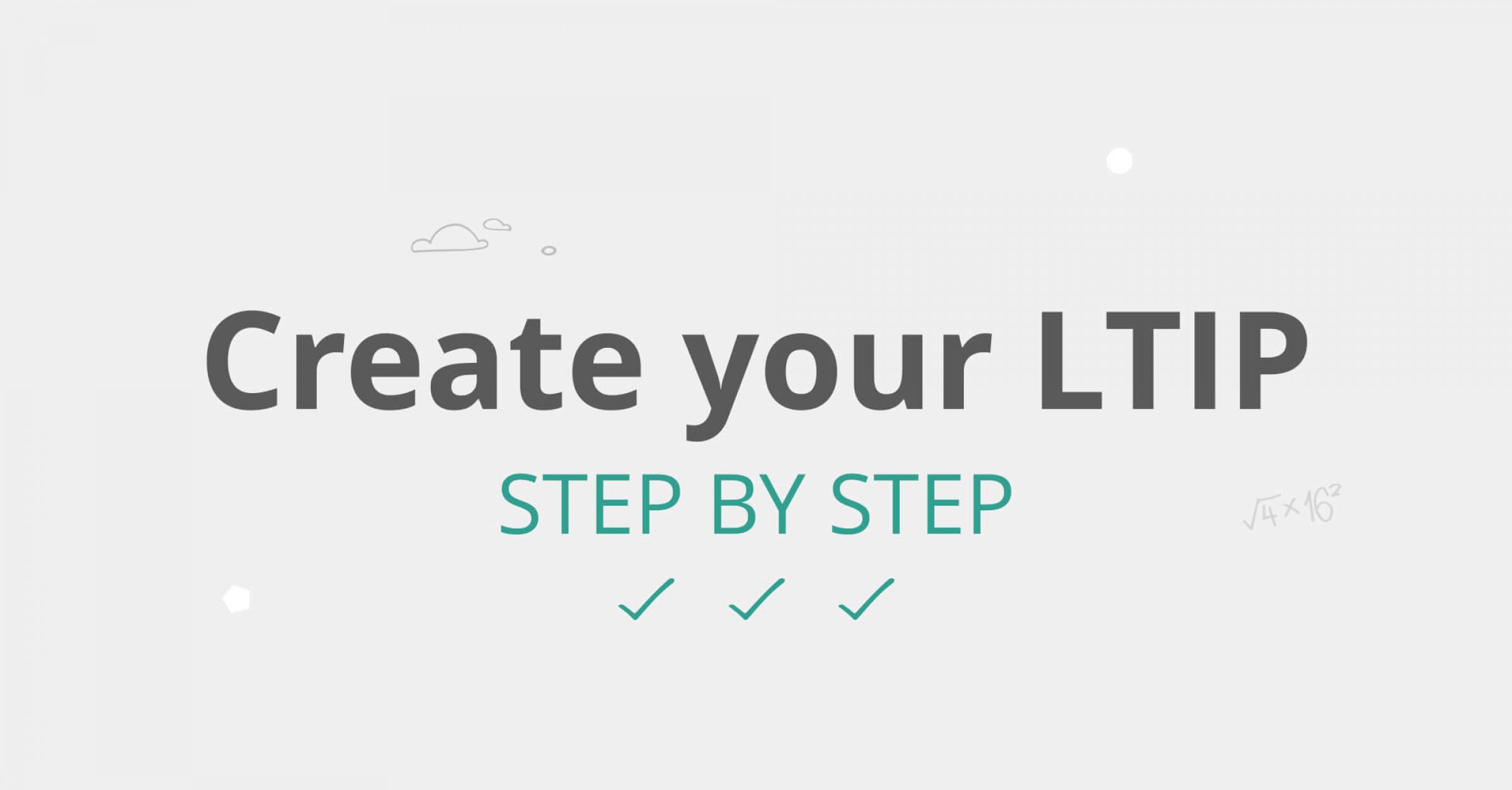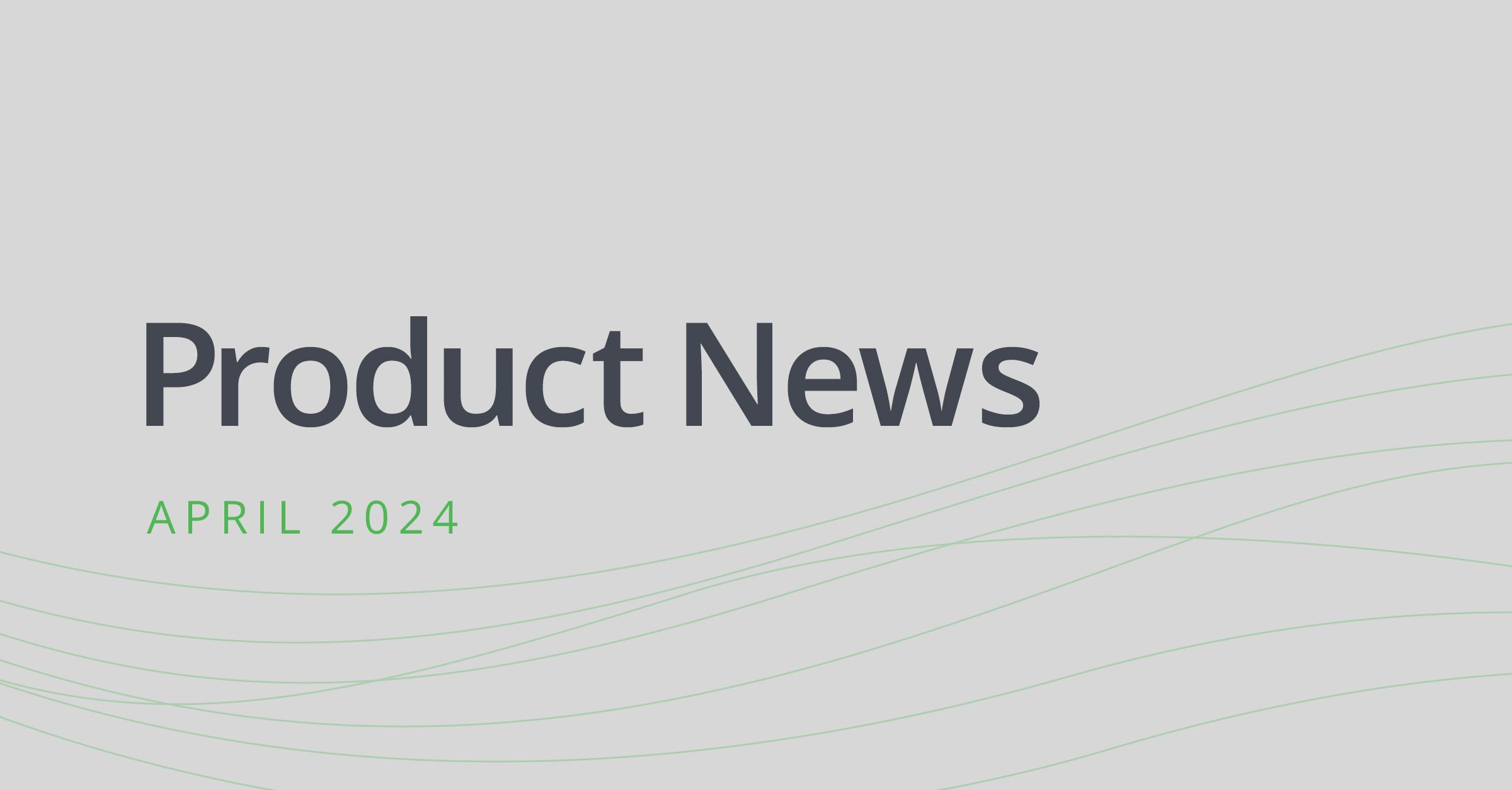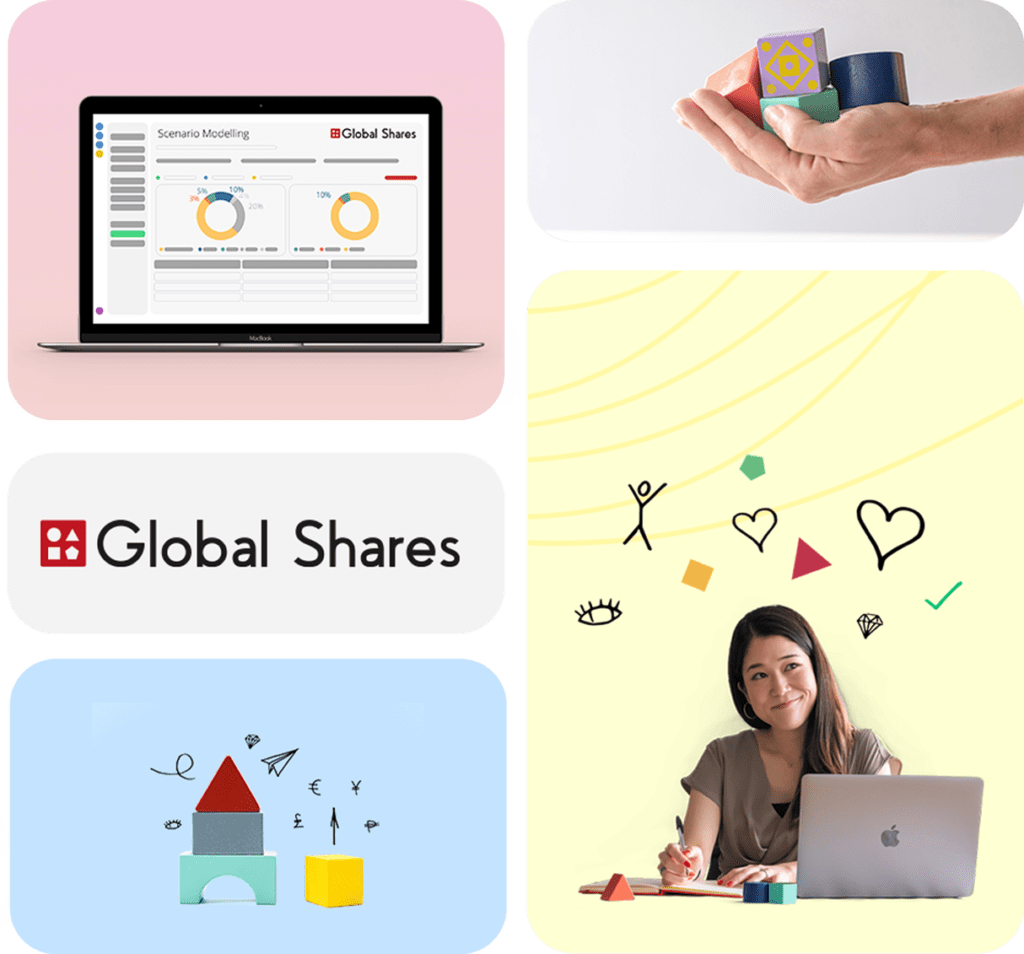A lack of clarity in your company’s advertising or sales materials can have negative and often costly repercussions, leading to stress, breakdown in relationships, adverse publicity, dissatisfied customers and unfulfilled, demotivated staff.
In business when clear communication isn’t present it quickly becomes very obvious, which is why external advertising is generally given so much attention – but when it comes to your internal communications clarity is just as important.
Most Employee Share Plans require an element of engagement or understanding from participants, especially around how to participate, benefits and key dates like launch, and vest, so how you choose to deliver this information can play a major role in the success or otherwise of the plan.
There are so many opportunities for messages to be miscommunicated or left open to misinterpretation and confusion. The repercussions could negatively impact on your share plan, but if you put the time in and get it right the results speak for themselves. Getting your education and communication strategy right from the start is important, but adapting it as you go can play a vital role too.
Chris Dohrmann, FGE, Global Shares’ SVP Of Strategic Partnerships.
.
Why is Share Plan Communication so important?
At Global Shares employee ownership is at the heart of everything we do. We know that when it comes to employee equity plans access to information is crucial and that begins with your staff first of all understanding why they are getting these awards. Remember, if they don’t understand how their benefits work or have no access then your plan isn’t going to be doing what you need it to.
Education, which is often overlooked or left until the last minute, needs to be part of the conversation from the outset. There is little point in having a great offering if your staff can’t figure it out or understand how the plan is going to be benefit them. They’ll become less likely to participate, which in turn, ultimately becomes a vicious circle.
“If your staff are engaged and understand how it works and the rewards that could potentially be available to them, then they’re more likely to be motivated by it and where staff goals and shareholders goals are aligned it is to the betterment of everyone,” Chris Dohrmann explains of how inclusivity and accessibility can help to foster a shared vision between companies and their employees.
Effective communication vs communication overload
For communication to be effective it needs to be easily understood, unambiguous and delivered in a way that the audience can readily absorb. Chris suggests that an essential component is the medium used and to not be afraid of trying something new.
“Consider your audience before reaching out to them. Do they need education on the topic? If so how will you deliver it? It’s commonly accepted these days that people learn in different ways, so whether that’s a downloadable brochure, a short TikTok-style video or via the metaverse, you need to get your message out in a way your people can learn best,” Chris advises. “Consider all the data that you carry around on your smartphone. Just like we’ve moved on from dial-up internet and landlines, how we receive and process information has changed and will continue to do so, but clarity of message remains essential. Understanding the financial and technological literacy levels of your employee base is a core component.”
Think about using a multi-channel approach with different levels of accessibility or blending traditional and non-traditional learning tools which cater to different types of learning styles and accommodate neurodiversity.
Bin the brochures
Not entirely – but definitely you should be thinking beyond simply giving your employees bulky handouts they’re unlikely to read. How you can communicate with people is an ever-evolving landscape. Simply think about the range of options available: social media, online video, letter, text message, e-mail, television ad, sky writer… the list goes on and on.
“How you choose to get your message out is extremely relevant and one that often isn’t given enough consideration,” Chris says. “The offering is agreed upon, the goal is clear, but too often how it’s relayed to staff is rushed or not considered fully. It’s no longer enough to just rely on letters or mailshots. When it comes to educating staff about your employee stock plan you need to really put thought into your approach.”
Consider how using the latest innovations in technology could optimize more traditional forms of communication. Instead of being text heavy physical posters for field or non-office based employees or those without desktop access could include QR codes for easy mobile access to digital information.
Always think about what would foster a sense of togetherness and inclusivity for employees in different locations or areas of your business
Choose your favorite device
How people absorb, process and retain information varies. Expectations have moved on from the old-school ‘give everyone a leaflet and get them to read it’ approach.
Go online and you can find training videos and tutorials for everything from plumbing and sewing to filing tax returns, almost anything you can imagine in fact. Whether these are long-form or short, specific, information bursts, like you’d find on TikTok, it’s a direct way to get the knowledge across, and has in essence replaced the ‘For Dummies’ books that were popular in the 1990s and 2000s.
Podcasts are another popular alternative to lengthy booklets or even training videos. Between work and home life people can spend a lot of time each day looking at screens. Presenting information aurally provides a break from this and the casual format of a podcast encourages learning in a more relaxed manner.
These different approaches can also help when considering communications methods for your neurodivergent employees. Having a variety of options means that education is made accessible and ensures neurodivergent employees or those who are better suited to non-traditional learning methods are included.
You could consider incorporating equity compensation education into your autism at work strategy, or training mentors and buddies on key elements of the equity compensation offering and run tailored communications workshops.

Different generations, different approaches?
It will depend, of course, on each individual workplace but it’s likely that most will have a mixture of generations, from Baby Boomers and Generation X to Millennials and Gen Z, often working alongside each other.
Consider how these different generations might interact with technology to get their information.
The always connected nature of smartphones may have drawbacks but it means that we are used to convenience of having almost everything we need at the tip of our finger. Sharing and sending of information via in app-technology could be a great way to keep your employees informed about their share plan or host handy training videos, with instructions for example, on how to do a password reset, meaning the participant doesn’t have to refer back to a user manual.
“Consider incorporating equity compensation into your e-learning platforms, similar to what your company might already do for Anti-Money Laundering or Data Protection training, but be careful to not leave those who may not be familiar with this approach behind,” is Chris Dohrmann’s advice.
“You could also use gamification to engage users and encourage continuous learning. Most people are already familiar with this from apps. Implementing learning progress trackers, quizzes, points and badges systems are all great ways to keep employees engaged with rewards and achievements. Many companies have adopted these methods with consumers, so why not do something similar for your staff.”
Look to the future
Remember the video call in ‘Back To The Future 2’? When that movie came out in 1989 people were suddenly impatient for the real-life technology to catch up, however even when video-phone capabilities were widely available throughout the 2000s most people didn’t use them. It took until the Pandemic and global lockdowns of recent years before it became truly common-place. It’s likely that the vast majority of your employees will have some experience of interacting with colleagues, or attending meetings and training sessions remotely – so could having these same sessions in the Metaverse be too far off?
It’s already happening in many areas. Throughout 2020 and 2021, when people were going out by staying in, online video game companies recorded a surge in the numbers of people socialising with their friends on the platforms and the Metaverse has already played host to VR events like concerts and conferences.
“This is what you need to be thinking about, how to meet your employees where they learn by implementing modern tools, like social media or gamification. Many of them will have grown up with a world of information available to them but they still need to be guided,” Chris explains.
“No matter what approach you take, however you decide to present your graphics and visuals, you need to make sure the information is easily digestible and consumable. Having a great communications package is one thing, but if your employee website has only got outdated information on it, then it isn’t going to work. You need to ensure these things are in sync.”
Conclusion
Of course all of these options won’t be relevant, suitable or even practical for every company and each situation is different. That’s why it’s important to start thinking early on about how you want your employee share plan to operate and how best to get the information out to those who need it – your employees.
At Global Shares we have a dedicated staff who can assist with practical options. We offer customized, bespoke communications packages, that use your own company’s branding, so it’s immediately familiar to your employees. Get in touch today to find out more about how we can help you decide what’s the best approach for you. .
All companies referenced are shown for illustrative purposes only, and are not intended as a recommendation or endorsement by J.P. Morgan in this context.
Please Note: This publication contains general information only and Global Shares is not, through this article, issuing any advice, be it legal, financial, tax-related, business-related, professional or other. The Global Shares Academy is not a substitute for professional advice and should not be used as such. Global Shares does not assume any liability for reliance on the information provided herein.
